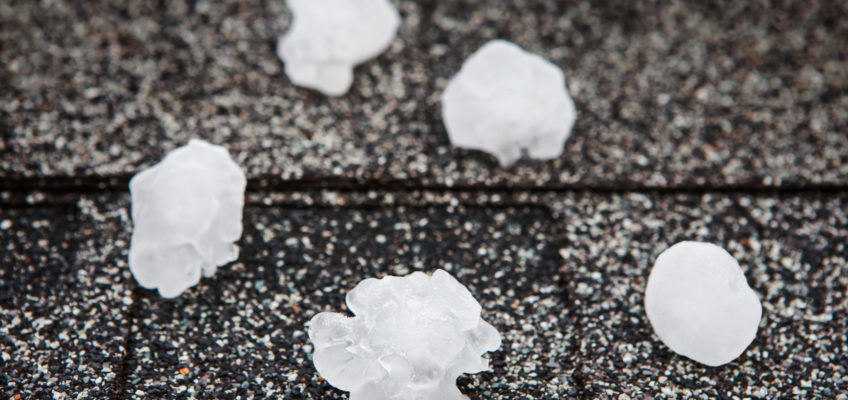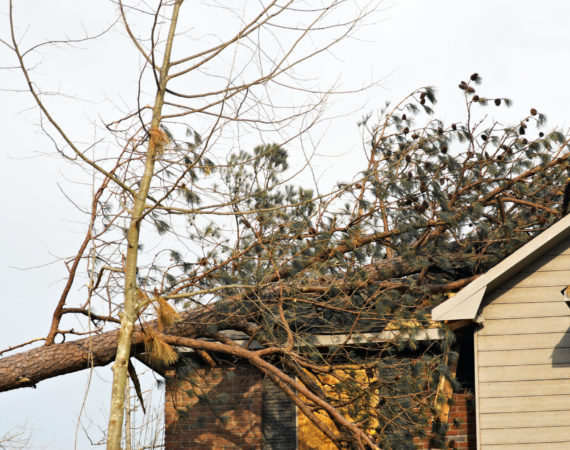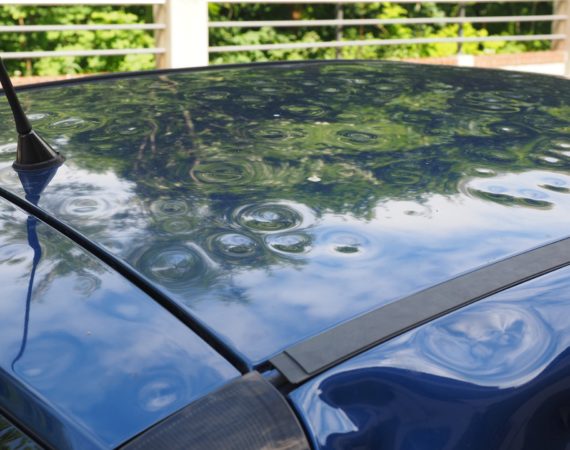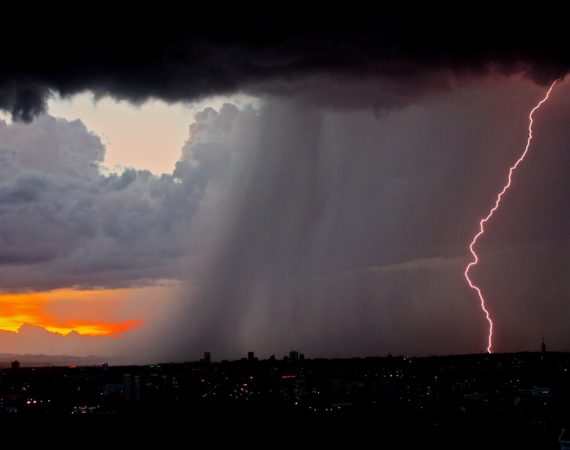Identifying Hail Storm Damage to Your Roof
Everyone worries about damage to their vehicles during a hailstorm – but you should also think about your roof. Roofs are especially vulnerable to the pellet-like action of the ice balls. Hailstorms can be exceptionally destructive, and the amount of damage your property experiences varies greatly depending on the roofing material, age, condition and the size of the hail.
Factors for Hailstorm Roof Damage
Several factors affect the severity of roof damage sustained from a hailstorm.
- Size and Density: Hailstones are small chunks of ice that can vary greatly in size and density. Hail can be pea sized or as large as softballs. From a distance, hailstones may look like well-rounded ball, however, they usually have sharp edges that cause damage upon impact.
- Wind: The wind is an important driving force on the impact of hail. The wind forces the hail into the roofing material with far greater impact. Depending on the direction of the wind compared to the orientation of your roof, the hail may impact at a near perpendicular angle causing maximum force.
- Barriers: If your house has surrounding trees or fences, it can reduce the damage on your roof.
- Building Materials: Hail damages asphalt and wood roof shingles relatively easily. Also, it can put pit-like dents in the surface of metal roofs that may be difficult to see to the naked eye. Hail can puncture all roofing material types, however, heavy duty or newer roofs will be more resistant to damage.
Identifying Hail Damage to a Roof
Depending on your roof type, hail damage can look very different or be nearly invisible to the naked eye. You’ll need to understand the different effects of hail on roofing materials in order to successfully identify the hail damage. Remember, natural wear and tear plus sunlight can cause similar looking damage.
Asphalt and Composition Shingles
- Damage across the surface with no real discernible pattern
- Hail hits usually look black at the point of impact
- Granules in the shingle fall off and expose the substrate
- Asphalt substrate often looks shiny
- When touched, the hail hits feel very soft to the touch
Wood Shingles
- Random damage appears with no real discernible pattern
- The shingle might split and appear brown/orange
- Split has noticeably sharp corners or edges
- The split shows no signs of natural age-related deterioration
- Possibly visible dents
Metal Roofing
- Pit-like dents
- Creases
- Impact markings
Engineering Specialists Inc. has nearly 30 years of field experience in analyzing the damage to vehicles, residential, commercial, and industrial buildings. We can work on any project in any state, nationwide. When you or your business needs to confirm the extent of damage or how to correct a problem, email us at office@esinationwide.com or call us, toll-free, at (877) 559-4010.




